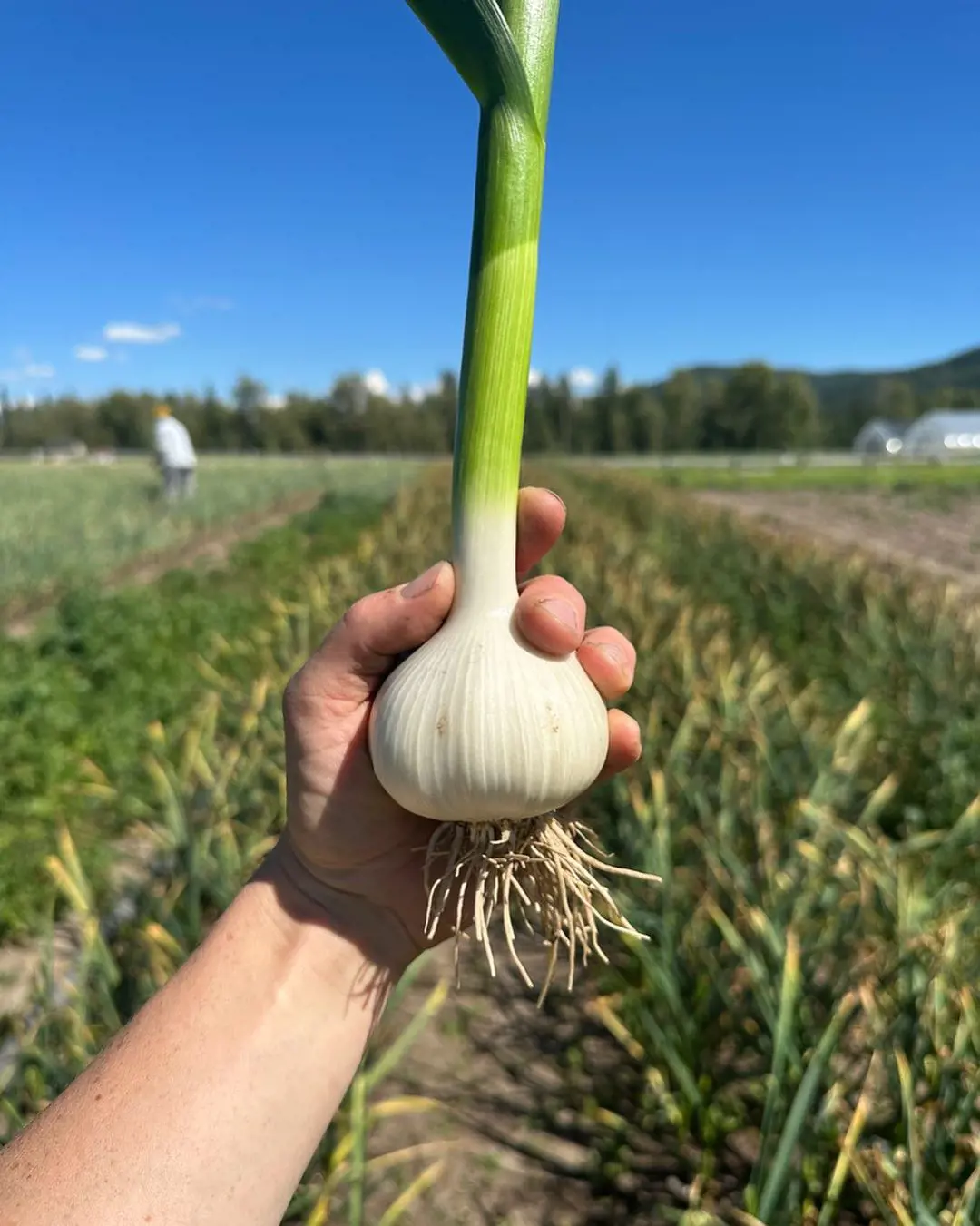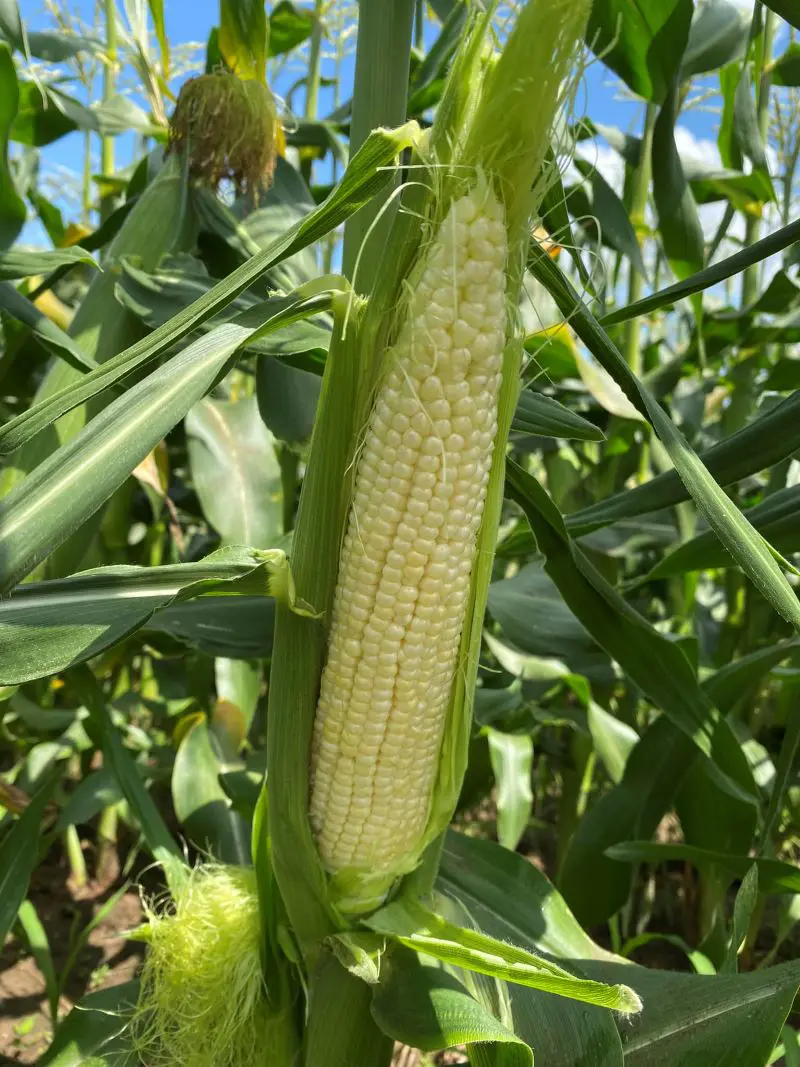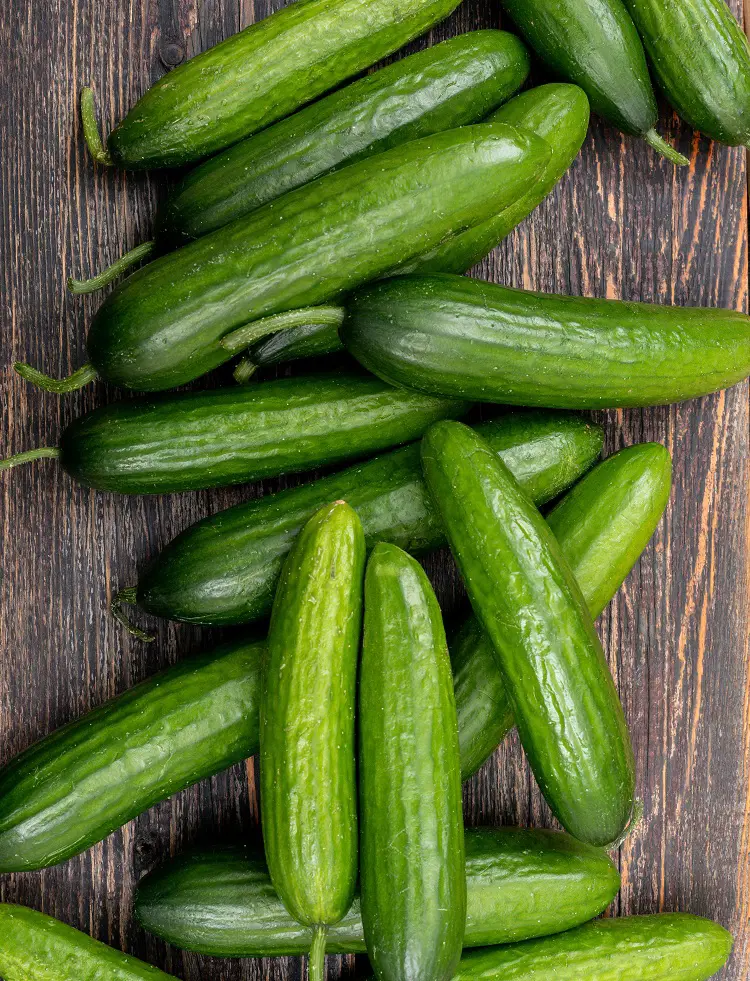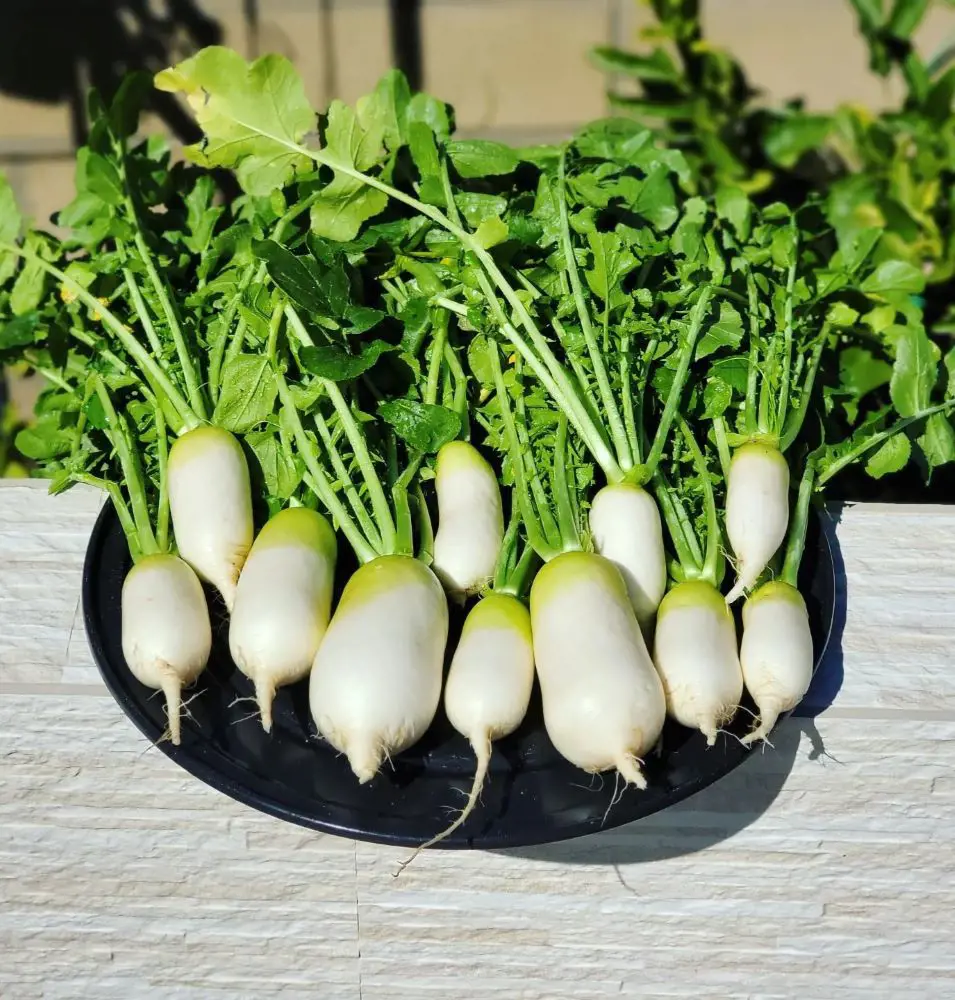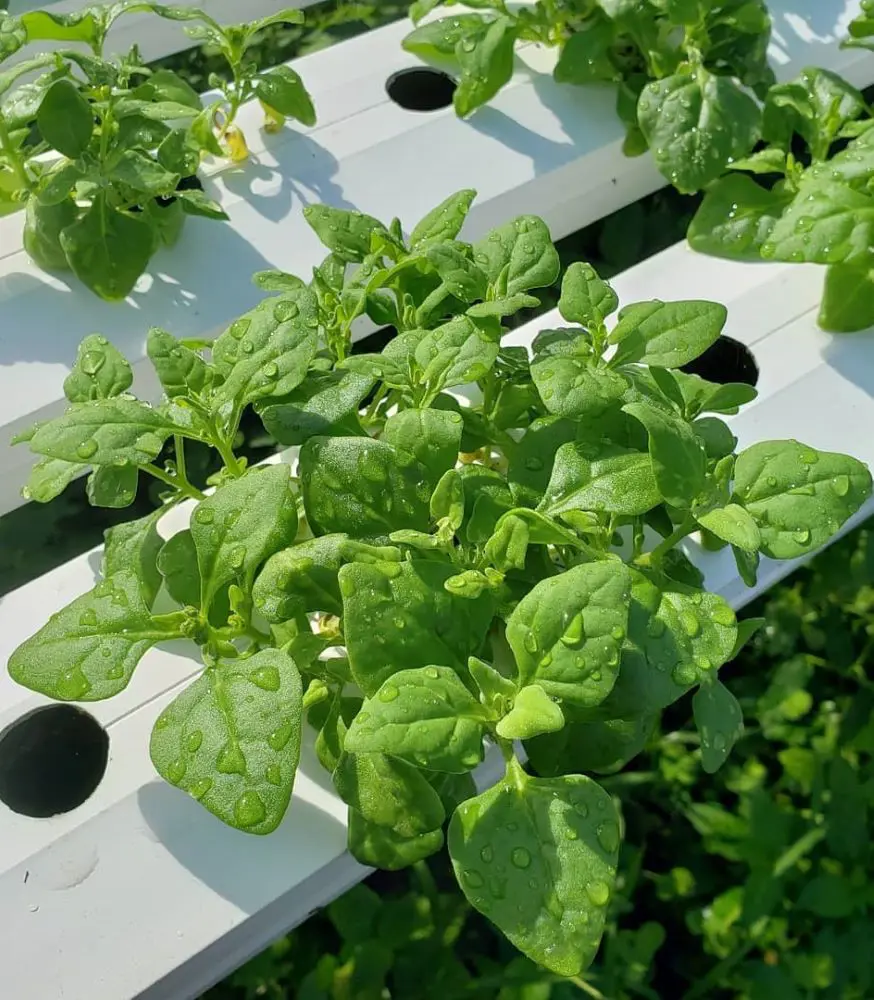How To Grow Zucchini In Your Garden
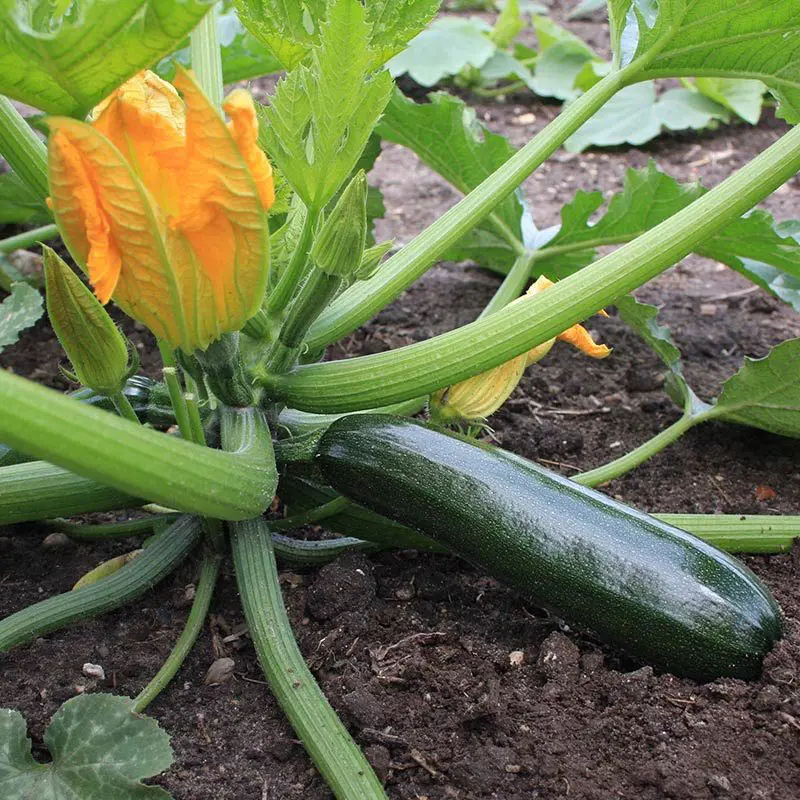
This post may contain affiliate links. If you make a purchase through links on our site, we may earn a commission.
Zucchini, with its low-calorie and abundant water content, is a wholesome choice for any diet. Many people love this vegetable not only for its delicious taste but also for its numerous health benefits. Packed with numerous vitamins and minerals, this squash supports a healthy immune system and aids digestion.
As a versatile summer squash, it is a favorite among gardeners due to its abundant harvest and culinary flexibility. Growing zucchini in your garden can be a simple and exciting endeavor. To learn how to plant zucchini successfully, follow our step-by-step guide.
Facts About Zucchini
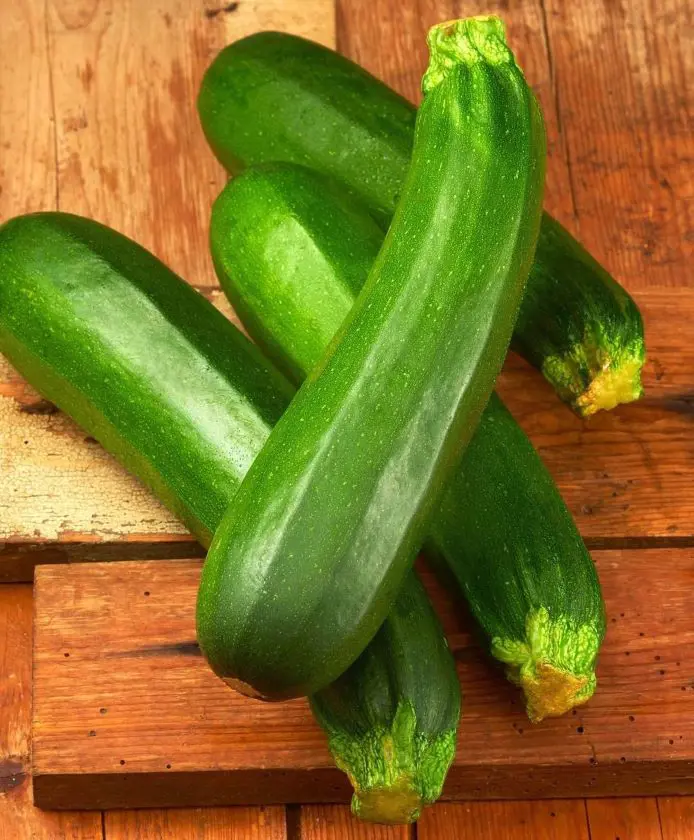
Do you know that, although zucchini is commonly treated as a vegetable, it is classified as a fruit? Yes, many people are surprised to learn that, despite being commonly used in savory dishes, zucchini falls under the botanical definition of fruit due to its development from the ovary of a flower and the presence of seeds.
- Common Name: Zucchini
- Botanical Name: Cucurbita pepo
- Family: Cucurbitaceae
- Plant Type: Annual
- Mature Size: 2 to 3 feet
- Sun Exposure: Full sun
- Soil Type: Fertile soil with pH 6.0 to 7.5
- Flower Color: Yellow
- Harvest Time: Summer to fall
Zucchini Varieties
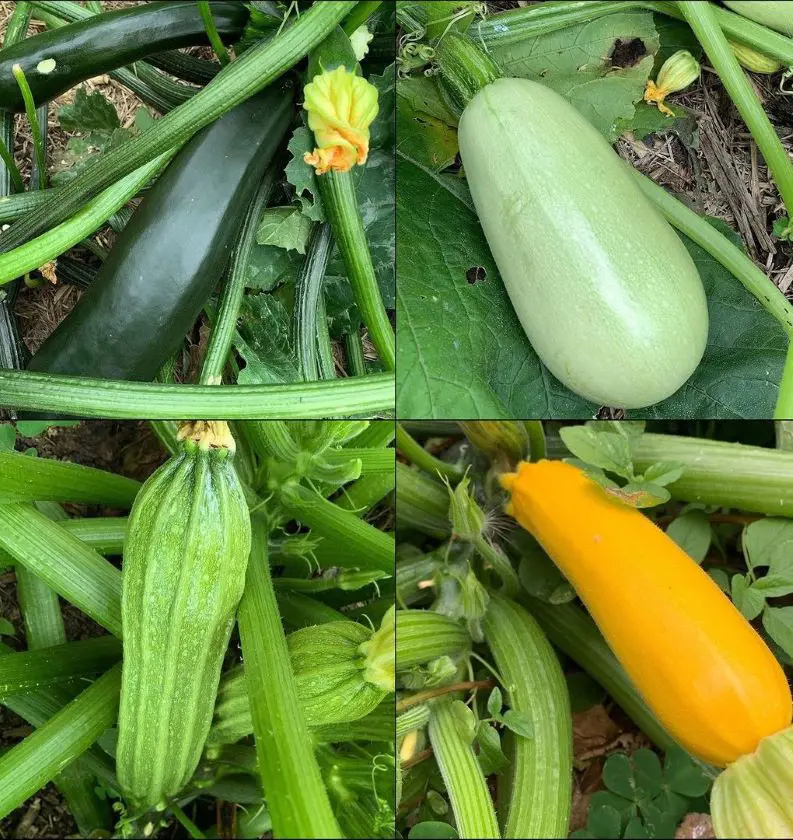
There are several varieties of zucchini, and the popularity of these varieties can vary based on regional preferences and individual tastes. Some commonly favored types, known for their versatility and availability, include the following:
1. Classic Green Zucchini:
This is the standard zucchini variety and is widely popular for its mild flavor and versatility in cooking. Its dark green color is a familiar sight in grocery stores and gardens.
2. Yellow Zucchini:
Yellow zucchini is appreciated for its vibrant color and slightly sweeter taste compared to the green variety. It's often chosen for its visual appeal in dishes and culinary diversity.
3. Grey Zucchini:
The unique grey-green or mottled appearance of this variety, along with its nuttier flavor, makes it stand out. It's a choice for those looking to add a distinctive touch to their dishes.
4. Tromboncino:
Tromboncino zucchini, with its elongated and curved shape, is gaining popularity for its unique appearance and sweet taste. It's also valued for its versatility in the kitchen.
Where To Grow Zucchini
Zucchini can be grown in both containers and gardens, and each option has its advantages. However, the choice depends on your available space, preferences, and gardening goals.
1. To Grow Zucchini In Pot:
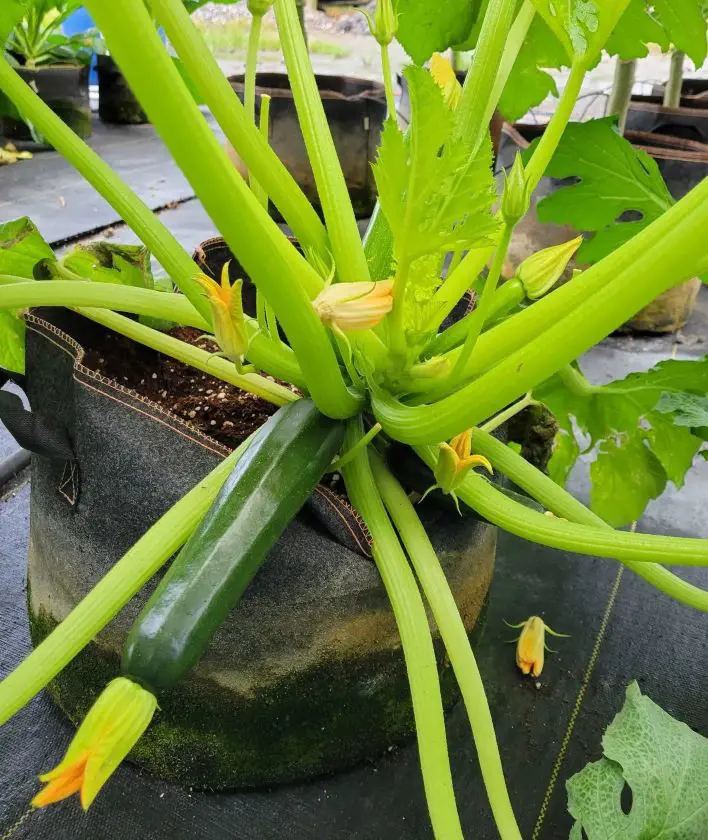
Choose a pot with a capacity of at least 5 gallons. Ensure it is sufficiently large to accommodate the plant's root system. Make certain it has proper drainage to prevent waterlogging.
Advantages:
- Suitable for small spaces or balcony gardens.
- Portable, so you can move the pot to optimize sunlight exposure.
2. To Grow Zucchini In Garden:
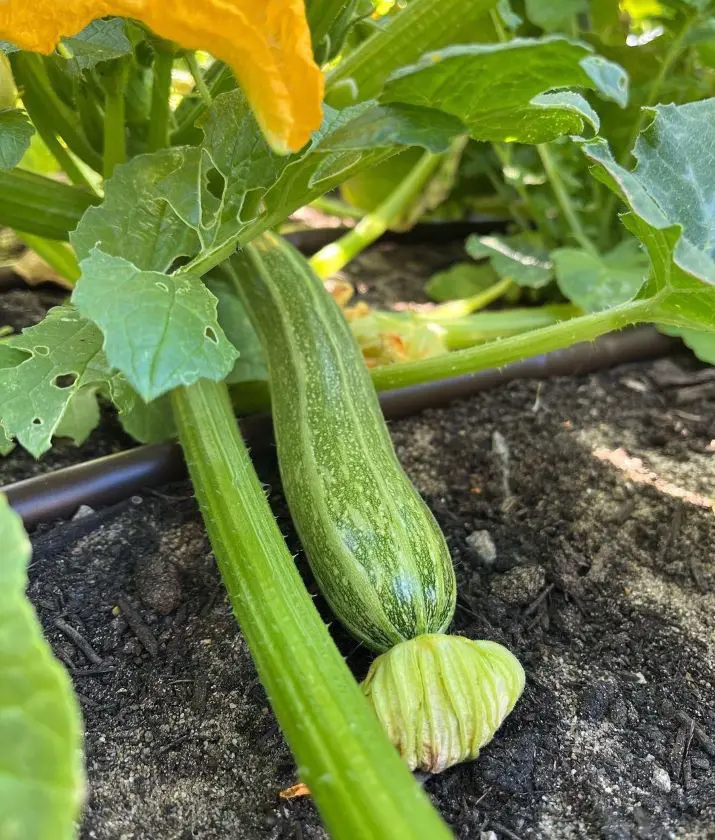
Provide adequate spacing between plants to support healthy growth and promote proper air circulation. Stay vigilant against garden pests, and implement suitable measures to safeguard the plants.
Advantages:
- Plants can spread freely in large spaces.
- Facilitates natural nutrient exchange and water absorption.
Let's now learn a step-by-step guide on how to grow zucchini in your garden.
1. Choose Suitable Location
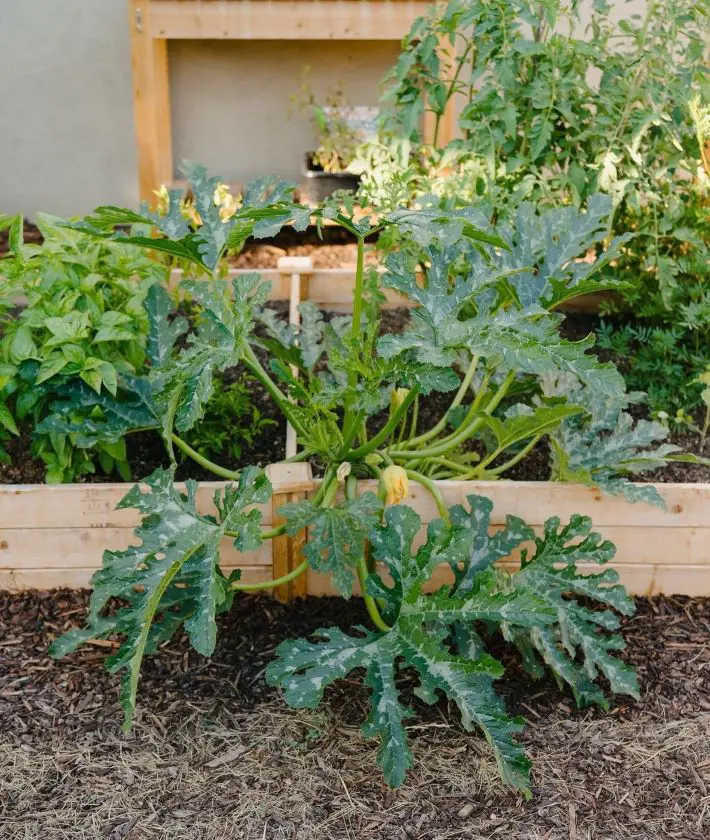
Creating an ideal setting for your zucchini involves choosing a sunny location in your garden that receives a minimum of 6-8 hours of direct sunlight daily. Since these plants thrive in warm conditions, settle for a spot in your backyard without significant obstructions such as large trees or structures that could block sunlight.
The best location ensures that the plants easily access the sun's rays. For this, an open space or a spot near the edge of your garden is preferable. By carefully selecting a sunny spot, your zucchini plants will flourish, fostering healthy growth and yielding a plentiful harvest of delicious squash.
2. Select Zucchini Varieties
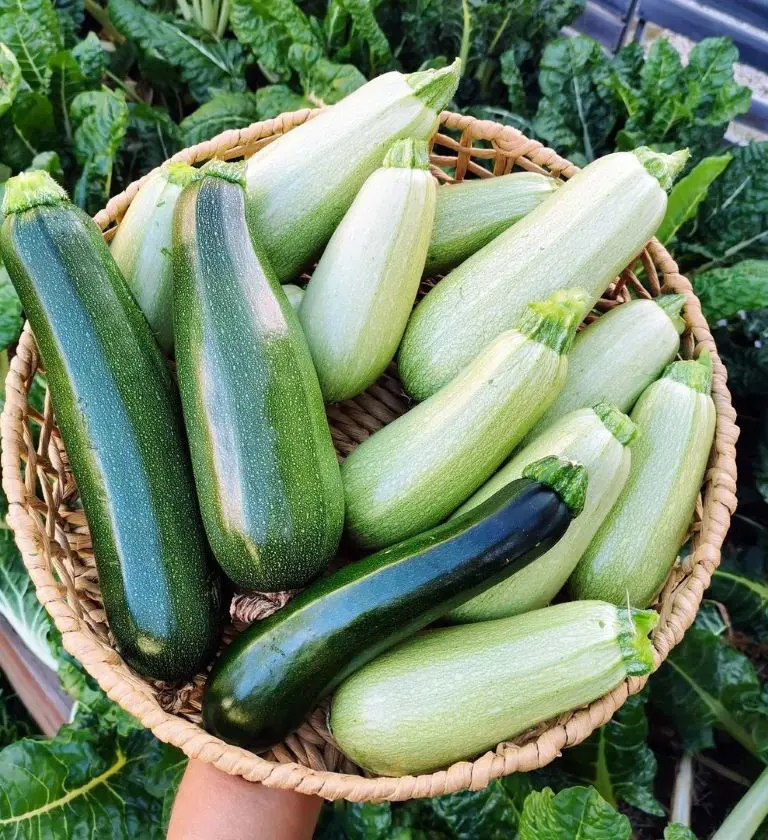
Consider your preferences and available space when picking zucchini varieties. Some types are bush-like, staying compact, while others are more sprawling. If you have limited space, opt for bush varieties as they won't take up much room. Alternatively, if your garden has more space, you can choose sprawling types.
In addition, bush varieties fit well in small gardens or containers on balconies, while sprawling ones are better for larger plots. So, check the available space in these locations to decide which variety suits you. Ultimately, it's all about what works best for your preferences and the area you have to grow them.
3. Soil Preparation
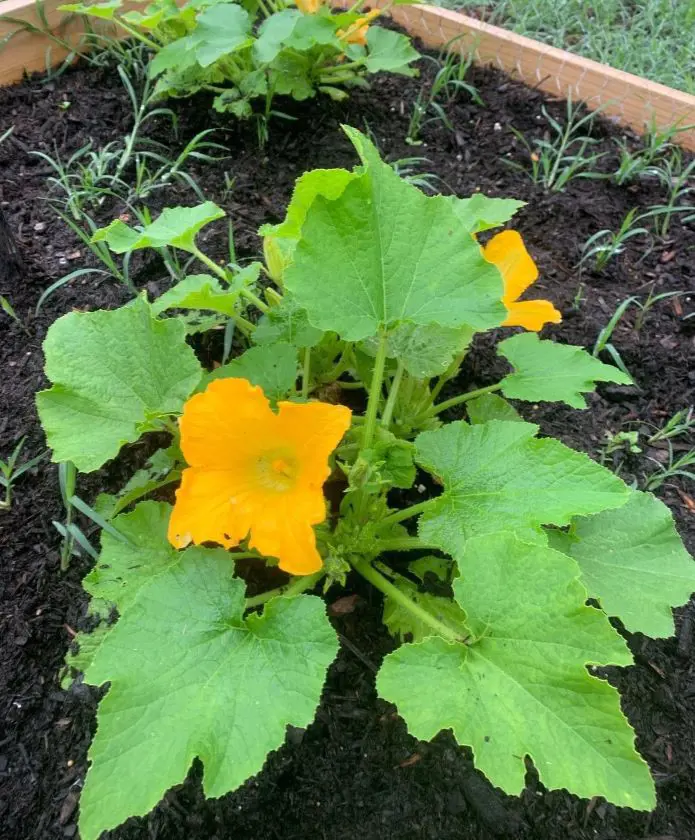
To create an ideal environment for your zucchini plants, begin by selecting the appropriate type of soil. Courgette does well in well-draining soil, so ensure that the ground allows water to flow easily. Aim for a soil pH level between 6.0 and 7.5, as this range is most conducive to healthy growth.
Enhance the soil's quality by adding organic matter, such as compost. Mixing the soil with compost creates a nutrient-rich foundation for your zucchini plants to grow and flourish. Remember, the key is to maintain well-draining soil with the right pH and ample organic matter for successful cultivation.
4. Planting
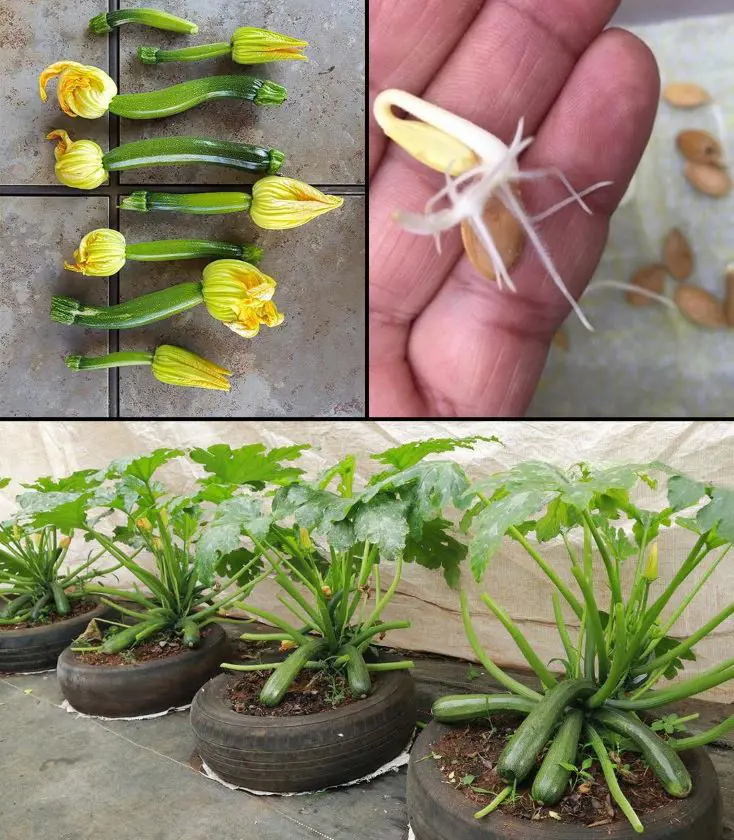
After preparing the soil, you have two options to grow zucchini from seed. You can either directly plant the seeds in your garden or start them indoors 3 to 4 weeks before the last expected frost date. If you choose indoor planting, transplant the seedlings when they have 2-3 true leaves.
This process guarantees that the young plants are well-established and ready for successful growth in the garden. Whether you choose to sow the seeds directly in the garden or start indoors, proper soil preparation is key to providing the optimal environment for your zucchini plants.
5. Watering
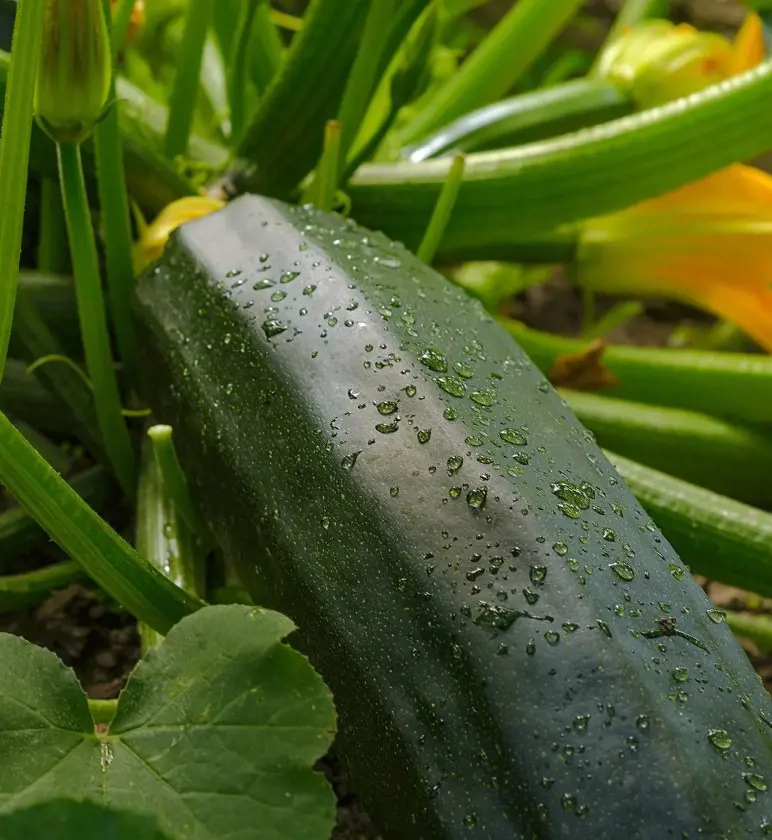
Maintain the soil consistently moist by watering deeply to promote robust root development. It's vital to strike a balance, holding the soil adequately damp but avoiding waterlogging, as overly wet conditions can be detrimental to plant health. When watering, target the base of the plant to avoid wetting the foliage.
This precaution is important because wet leaves can contribute to the development of diseases like powdery mildew and fungal infections, which can further negatively impact your plant health by inhibiting photosynthesis. Use a soaker hose or drip irrigation to keep the foliage dry and reduce the risk of diseases.
6. Mulching
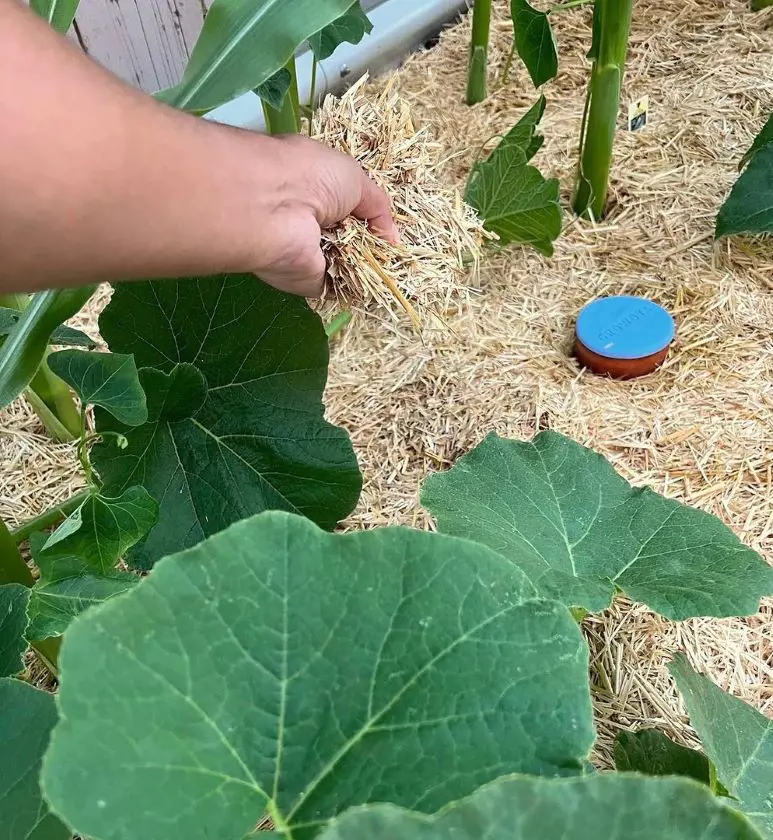
To support zucchini growth, it's beneficial to spread a layer of mulch around their base. Mulch helps keep the soil moist, stops unwanted weeds from growing, and keeps the soil temperature steady. When mulching, spread an even layer of straw or wood chips around the plant, leaving a small gap by each stem, to a depth of 2 to 4 inches.
Additionally, planting certain companion plants near zucchinis can be helpful. For example, planting beans or marigolds alongside your zucchinis can deter pests. These companion plants act like bodyguards, protecting your zucchini from harmful bugs like aphids, cucumber beetles, and squash bugs.
7. Fertilization
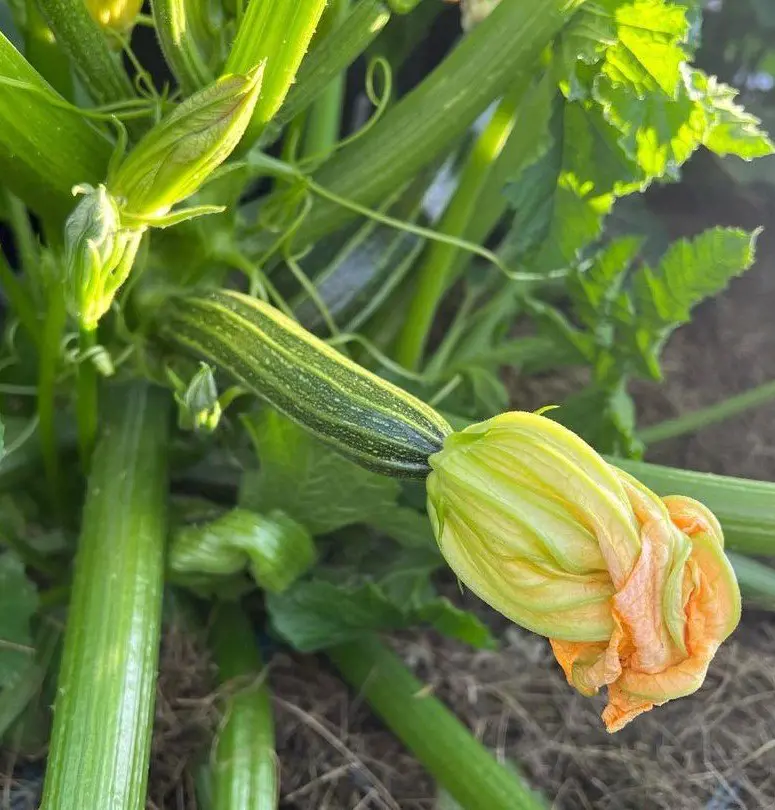
Zucchini plants really like to eat a lot, so it's important to give them good food. Use a balanced, all-purpose fertilizer when you first plant them. This helps them get a good start in life. Once the plants start making zucchinis, feed them again with the same fertilizer.
When you see the first tiny zucchinis growing, that's the signal to fertilize. Follow the instructions on the fertilizer package about how much to use. You can also prepare homemade fertilizer. Mix well-aged compost with water in a bucket. After a few days, strain out solids, dilute the liquid, and use it to water your plants.
8. Support
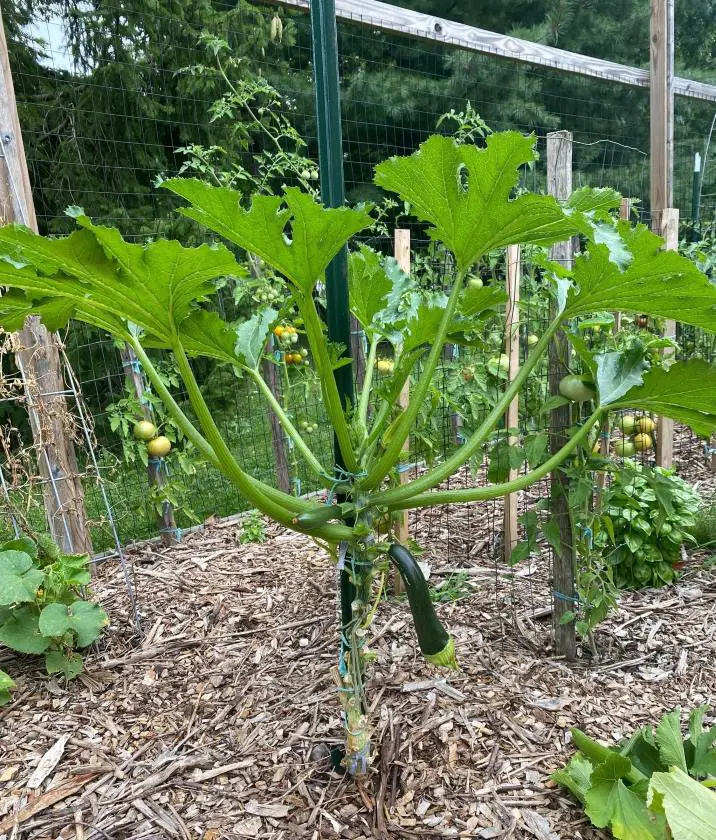
For vining varieties of plants, like zucchini, it's a good idea to give them some help to stand tall. You can use stakes or a trellis to provide this support. This helps the plants in two ways. First, it keeps the growing fruit away from the ground, which is good because it prevents rot and keeps them clean.
On the other hand, support makes picking the zucchinis easier when they are hanging in the air. This aid is especially helpful if you don't have a lot of space, as it makes the most of the room you have. Therefore, consider putting up some additional structures to give your vining plants a hand.
9. Harvesting
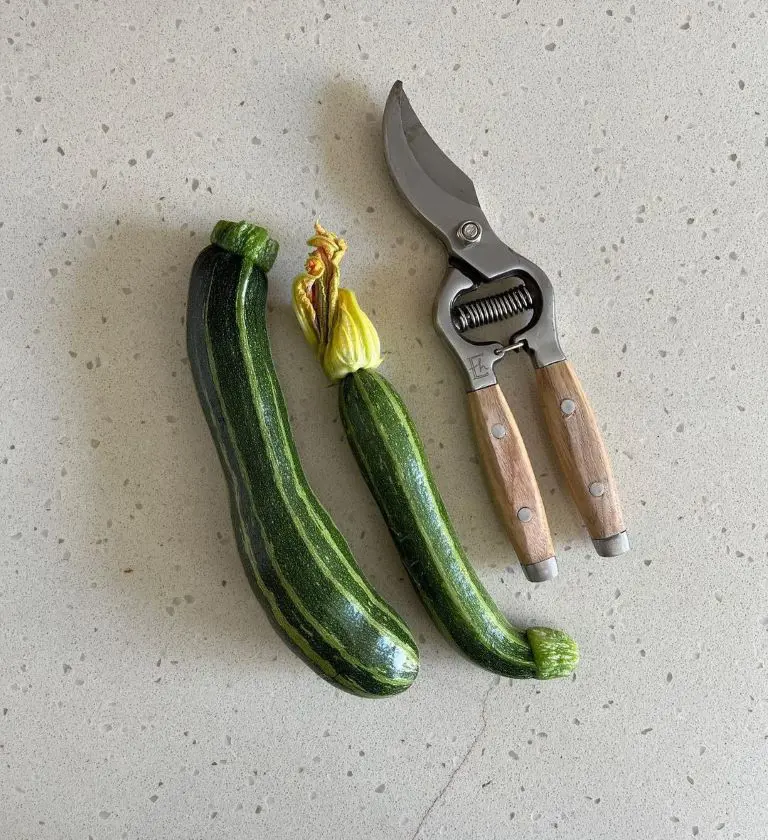
After all these steps, it's time to enjoy the fruits of your labor. Harvest them when they are young and tender, usually when they are 6-8 inches long. This size ensures they taste the best.
To harvest, use a sharp knife or scissors to cut the zucchini from the plant. Make sure to do this carefully. Harvesting regularly, maybe every few days, is a smart idea. It doesn't just give you more zucchinis, but it also keeps the plant producing.
10. Storage
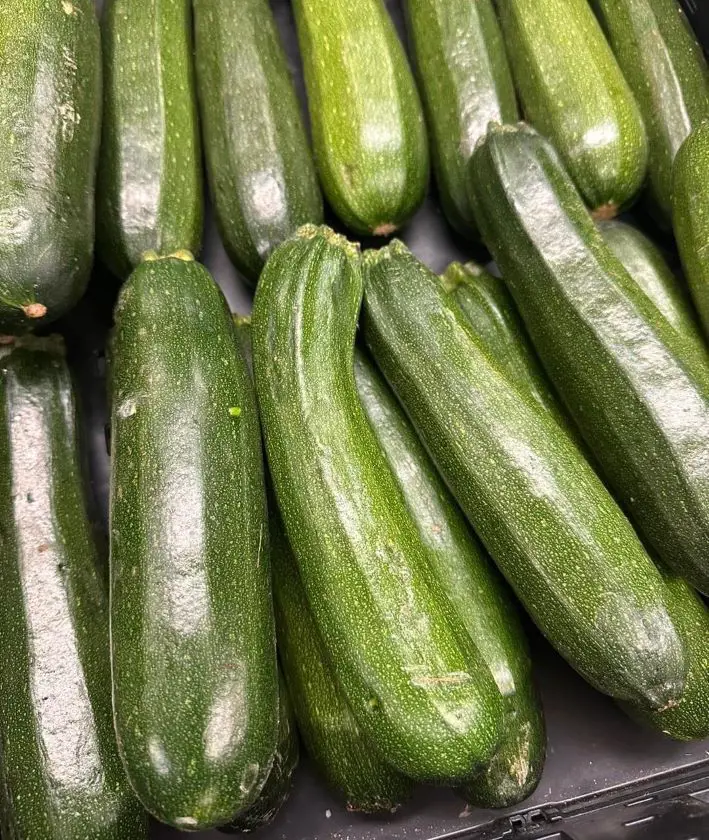
After harvesting them, it's necessary to know how to store zucchini properly. Place the harvested fresh squash in the refrigerator, ideally using a plastic bag, and they will stay fresh for up to a week. This method helps maintain their quality.
Larger zucchinis are excellent for baking or cooking. Storing them in the fridge prevents them from spoiling quickly. Whether you plan to cook or bake with them, having them properly stored is the key to enjoying their freshness for an extended period.
11. Rotate Crops
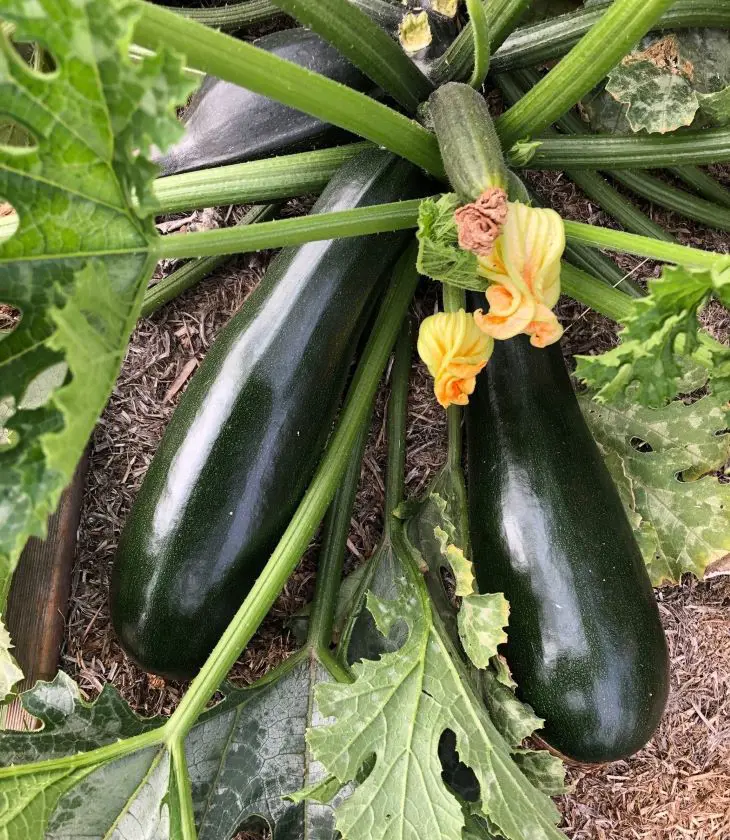
Rotate zucchini and other squash family plants annually to reduce the risk of soil-borne diseases. Change where you plant them to keep the soil healthy, ensuring you don't plant zucchini in the same spot two years in a row. This helps stop sickness in the soil.
Crop rotation is the way to do it. Simply move where you plant things each year. This practice keeps the soil fresh and happy, ensuring your zucchinis stay healthy. Remember, changing the place of your plant is like giving the soil a little vacation.
Recent posts
How To Grow
How To Grow
How To Grow Garlic
A bulbous member of the onion family, garlic is prized for both its potent flavor and a variety of therapeutic applications. Due to its relative ease of cultivation, it is a favorite among home gardeners and a pioneer in kitchens worldwide. Garlic ma...
How To Grow
How To Plant and Grow Orchids
Orchids are one of the prettiest and most interesting flowers out there, with over 30,000 types and 200,000 hybrids. They are one of the biggest families of plants and can grow indoors or outdoors. However, growing and taking care of orchids is not e...
How To Grow
How To Plant, Grow And Harvest Corn All By Yourself
Growing your popcorn or sweet corn at home garden can seem like an interesting idea. However, it requires a large amount of space to grow as it is a tall plant that needs plenty of room to spread out. But, if you want to enjoy freshly popped po...
How To Grow
How To Plant, Grow And Care Cucumbers
Growing cucumbers is like going on a fun journey where you get to plant and pick your very own crunchy veggies. It's not just about having tasty cucumbers, it's also about the joy of seeing your plants grow. Whether you have a big garden or a small b...
How To Grow
How To Plant, Grow And Care Radishes In Your Garden
Growing radishes in your garden is a fantastic way to enjoy crisp and peppery veggies that you've nurtured from seed to plate. It's a straightforward process that anyone can try, even if you're new to gardening. In the following 12 steps, we'll guide...
How To Grow
How to Plant, Grow And Care For Spinach?
Growing leafy greens in your backyard garden is both healthy and fun. Spinach can be the best leafy green to start with as it is relatively easy to grow from scratch and can be harvested in about a month from planting. It thrives in spring or fall in...
